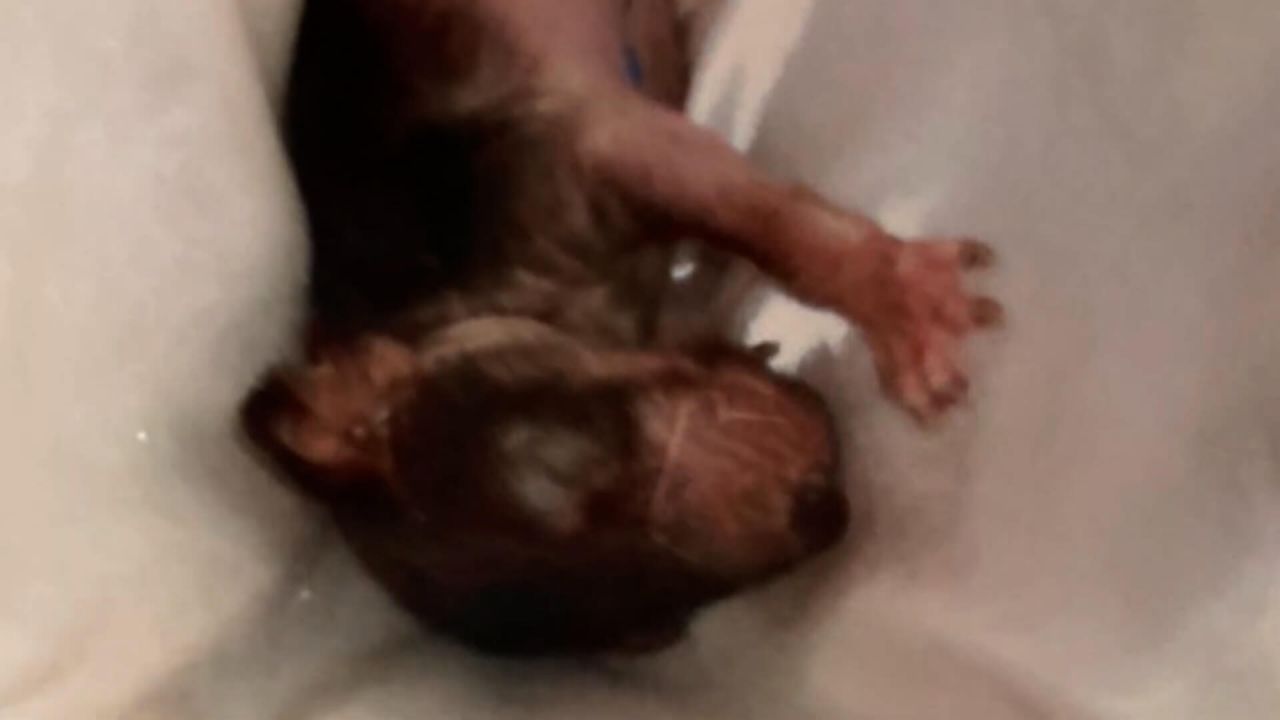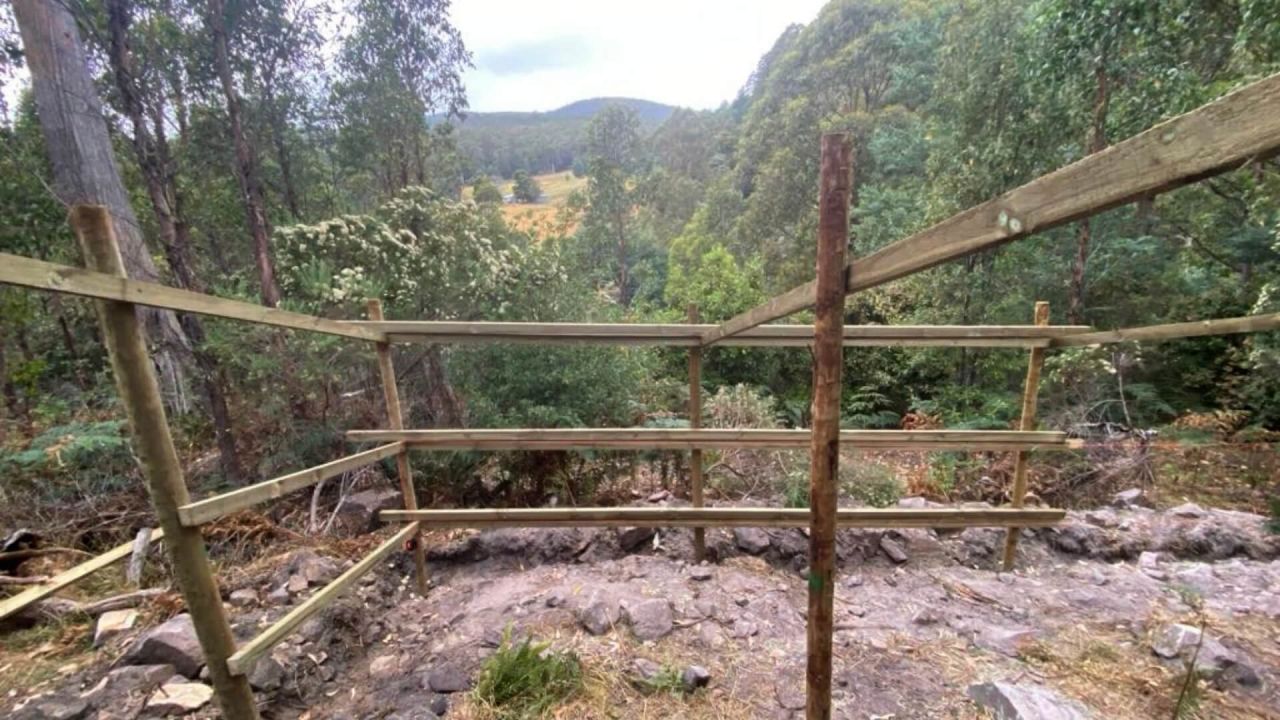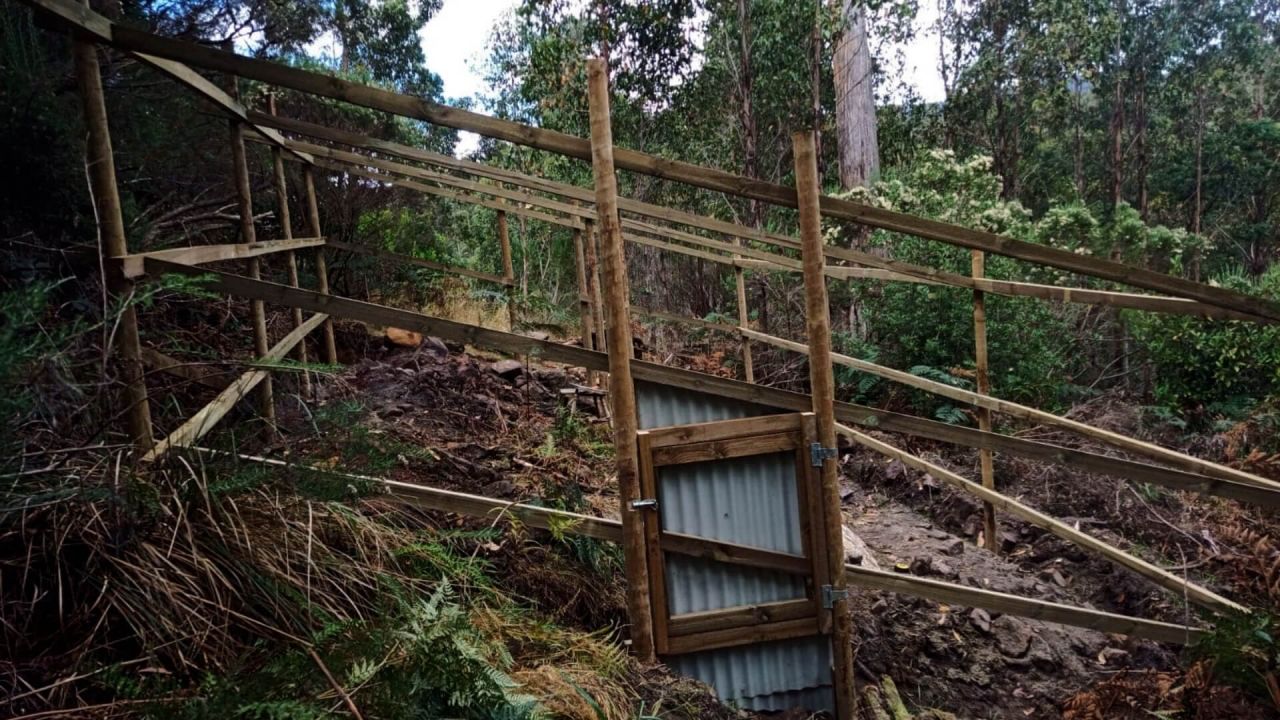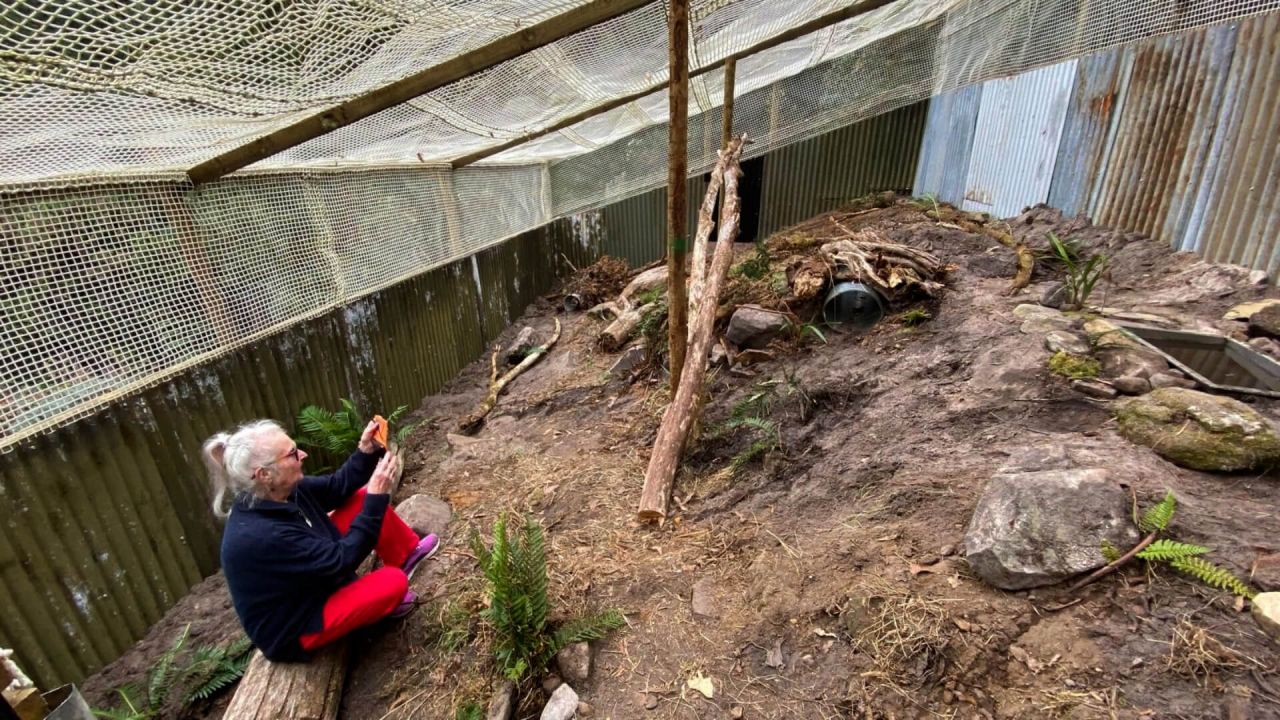Premier Travel Tasmania recently supported the soft release of a young Tasmanian devil, rescued as a joey and rehabilitated by local wildlife carers, back into the wild on private bushland in southern Tasmania.
Watch the video
The devil, now known as Buster - was found alone by locals after becoming separated from his mother. Too young to survive on his own, he was placed in the care of experienced wildlife rehabilitator Jude, who raised him until he was ready for the next stage of his journey: rewilding.

To facilitate this process, a purpose-built soft release enclosure was constructed on the property of Elleke Leurs, one of Premier Travel Tasmania's expert guides and a founding member of Wildlife Safe Tasmania. The enclosure offers a safe, monitored environment where devils can acclimatise to their natural surroundings before being fully released.


Elleke has been instrumental in conservation work across Tasmania, particularly in researching and raising awareness about wildlife–vehicle collisions. Her research highlights the emotional responses of tourists to roadkill and reinforces the importance of education and community involvement in reducing wildlife fatalities on Tasmanian roads.

This release site has become a powerful example of community-driven conservation, with local residents, volunteers, and conservationists all contributing to the build. Premier Travel Tasmania also assisted in the final stages of construction, working alongside Elleke and her team to get the enclosure ready in time for Buster's relocation.
All food provided during Buster's stay in the enclosure was sourced from Bruny Island to reduce the risk of Devil Facial Tumour Disease (DFTD), a contagious cancer that affects Tasmanian devils. Because Bruny Island has no wild devil population, it is considered a safe source of uncontaminated food.
Once relocated to the enclosure, Buster quickly began showing all the right behaviours—exploring, foraging, and interacting with the environment - indicating that he was ready for release. Not long after, the gate was opened, and Buster returned to the wild.
He was briefly spotted back at the site a few hours later before heading off for good - a strong sign that the release had gone to plan.
This initiative reflects the importance of combining science, education, and community action to protect Tasmania's unique wildlife. Premier Travel Tasmania is proud to work with conservation leaders like Elleke and to contribute directly to projects that support the long-term survival of the Tasmanian Devil.

